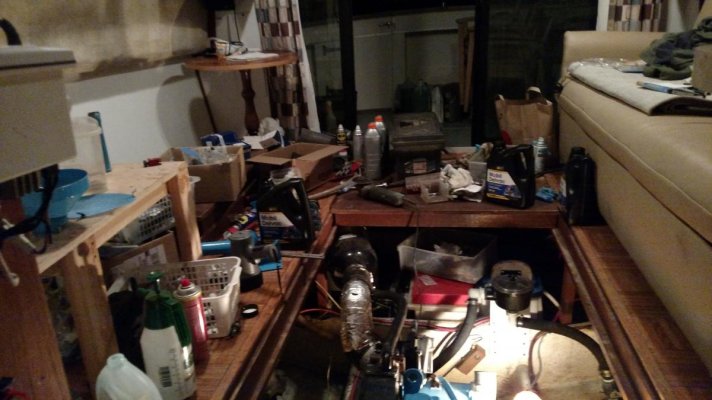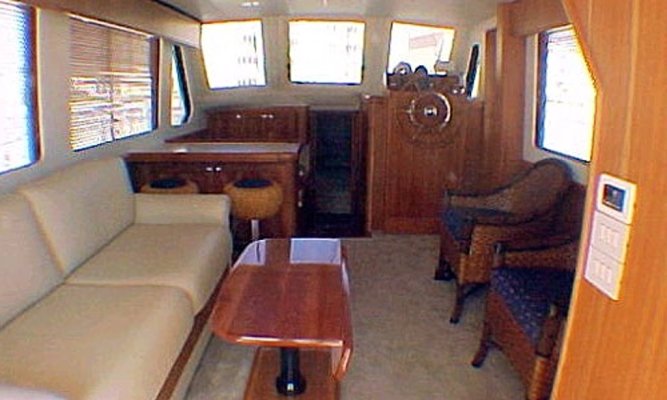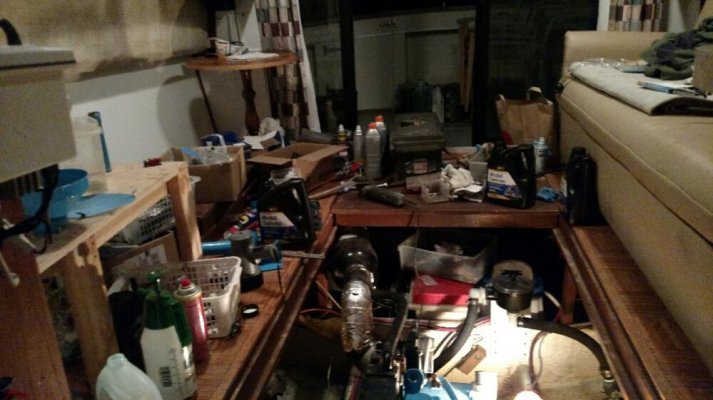"Are all the 34 Mainship and Mainship IIs powered with Perkins? All T6.354?"
My 1978 Mainship 34 was a Perkins T6 - 354 at 165 hp and all of the ones I had seen up here on the East coast were the same - but there could be other versions I am not aware of although the power increases on that engine typically came much later on in years.
"Is the Perkins a 200-hp turbocharged engine? "
Mine was a 165 Turbocharged engine - I believe the turbo was a 'switzer'.
"Are parts really hard to get?"
As mentioned above the exhaust manifold for mine had to come form England and was expensive as boat parts go - most other things were not so bad as aftermarket or common parts were still available.
"Any significant problem areas with that engine?"
Exhaust, turbo rebuild, heat exchanger, and the rotary fuel pump that liked to 'hunt' until it was refitted with "O" rings that were unaffected by low sulfer fuels.
FWIW - My engine had a "U" in the code indicating a 'reverse' rotation engine.




